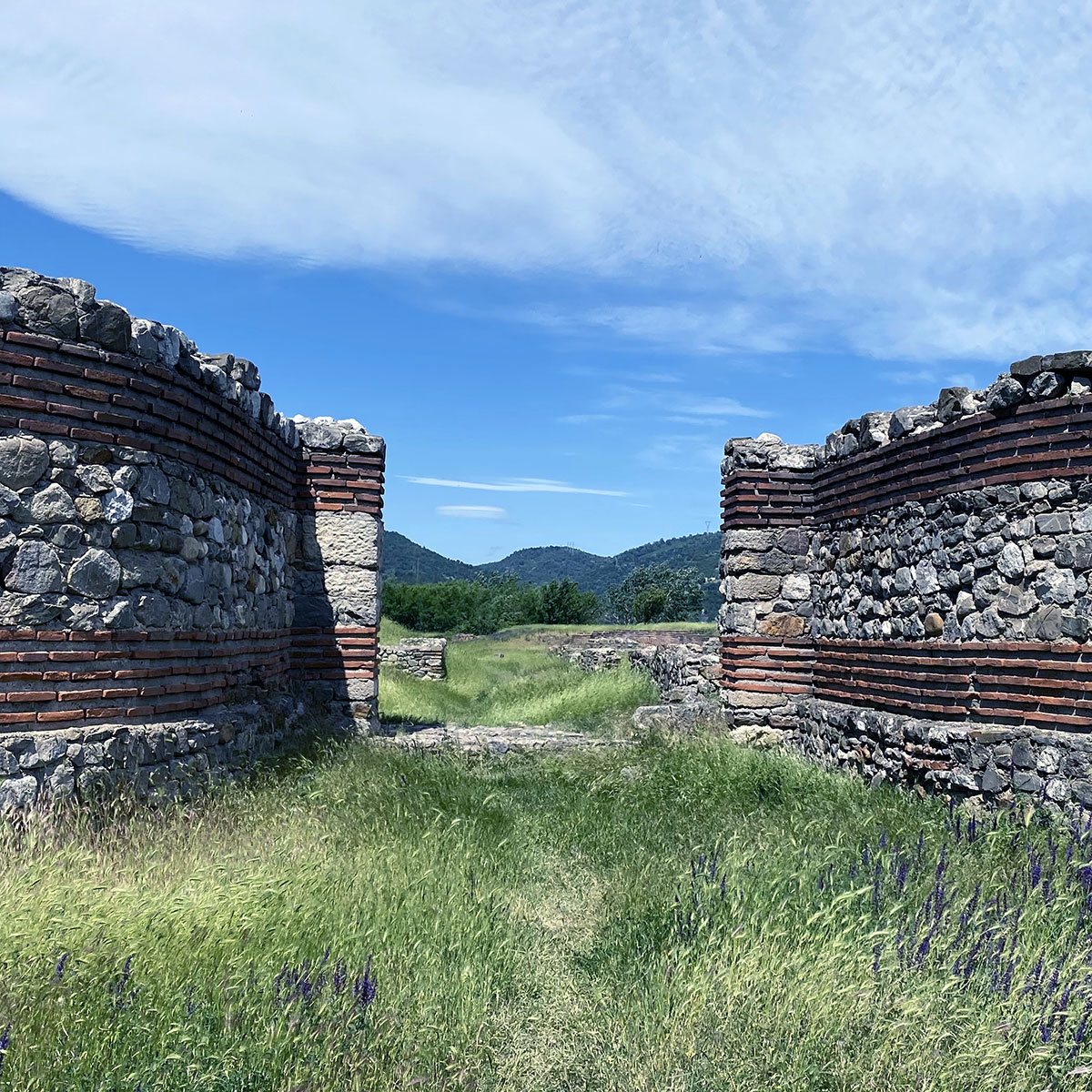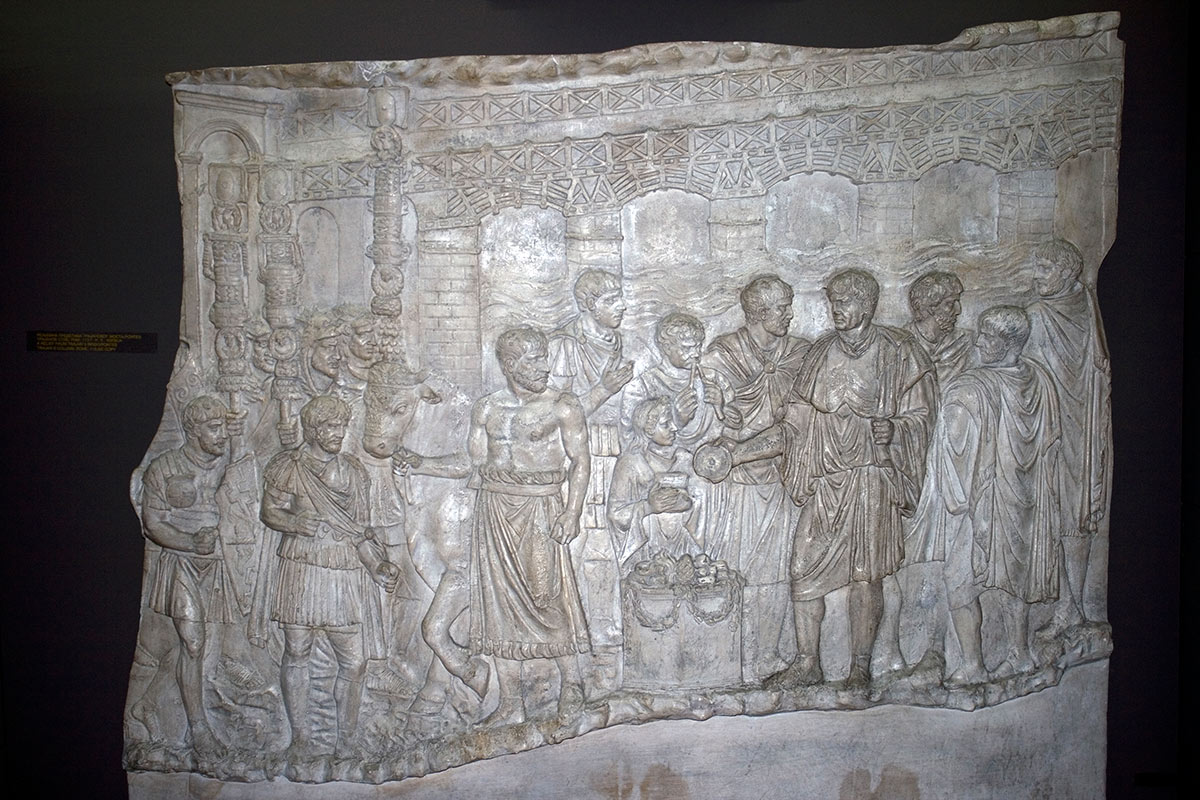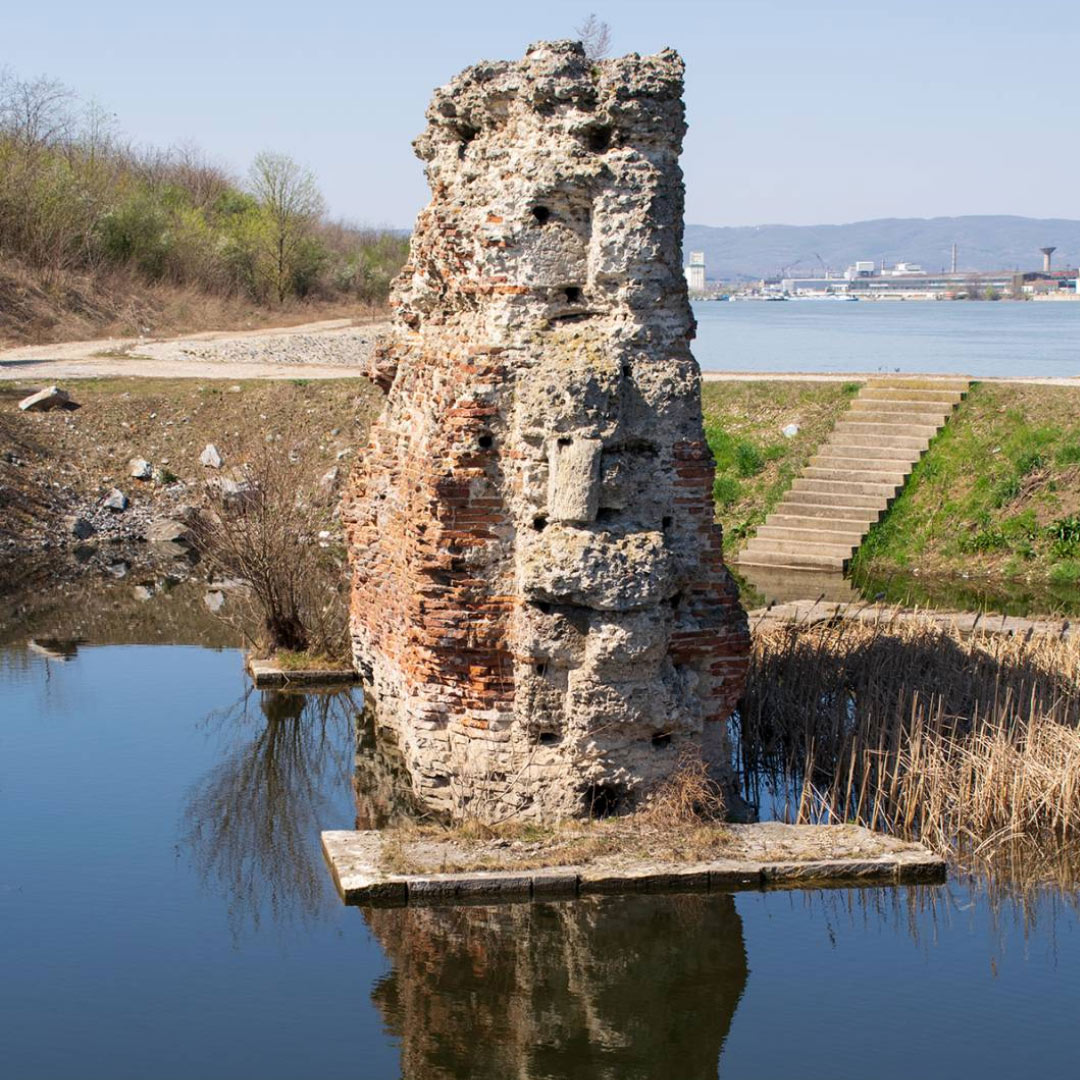
The Roman Emperors and Danube Wine Route in Djerdap
The region of the Lower Danube and Eastern Serbia is on the international cultural route “The Roman Emperors and Danube Wine Route”. This route was certified by the European Institute of Cultural Routes (EICR) in 2015. Today, the cultural route stretches through ten countries: Slovenia, Hungary, Serbia, Croatia, Bosnia and Herzegovina, Montenegro, Albania, North Macedonia, Romania and Bulgaria, encompassing 22 Roman sites and 12 wine regions.
The main focus of this route is presenting archaeological localities as testimonies of the expansion and the defence of the Roman Empire territory in those places where the Danube was its northern border. The region south of the Danube, stretching to the Adriatic sea, belonged to the same empire, which is precisely why this route is divided into two geographical units – the Danube and the Adriatic.
From the 2nd to the 4th century AD, Roman emperors personally commanded the army, consequently leading to the centre of military and political power moving from Rome to the northern borders of the empire. According to sources, as many as eighteen emperors born in this region are testimony to that turbulent period of European history.
The key rulers from this period were the emperor Trajan, who expanded the empire’s territory to neighbouring Dacia (today’s Romania), and Constantine the Great, during whose reign Christianity officially became the religion of the empire. This act would change the history of Europe in many ways. Red wine was a traditional beverage where the Roman army was situated. In the beginning, it was transported by sea and the rivers, but vineyards were soon planted on the Danube’s slopes, and the now centuries-old tradition of wine production in this part of Europe was born. If you believe the spirit of the ancient Romans vanished from this region, we suggest visiting one of the numerous local wineries along the Danube that will prove you were wrong and inevitably leave you amazed.

During the visit to the places, localities and destinations included in the “Roman Emperors and Danube Wine Route”, you will be introduced to the four types of sites that, in different ways, describe Roman heritage and legacy in these areas:
- The lives of the emperors
- Military achievements
- Architecture
- The everyday life of the Romans
Viminacium, Trajan’s Tablet and the imperial palace of Felix Romuliana are not the only Roman symbols in the Lower Danube and Eastern Serbia region. You can also visit several sites mostly related to the emperor Trajan’s campaigns against the Dacians. The most important are the remains of Trajan’s bridge pillars.
The bridge’s construction, designed by Apollodorus, a famous architect from Damascus, lasted from 103-105 AD. Its primary purpose was to facilitate the advance of the Roman legions during Emperor Trajan’s military campaign against the warlike Dacians. The campaign ended with the most significant territorial conquest since Caesar’s conquest of Gaul. Although the bridge was destroyed when the Romans abandoned Dacia at the end of the 3rd century, for the next thousand years it was considered the longest bridge ever built. Today, the remains of its pillars can be seen on both sides of the Danube. On the banks of the Danube in Serbia, the remains are visible in the village of Kostol, 5 km downstream from Kladovo, while the remains of a pillar on the Romanian side are located below the Regional Museum in Drobeta Turnu, Severin.


Not too far from Kladovo, in the village of Sip, Diana Fortress is located. The fortress was built at the end of the 1st and the beginning of the 2nd century AD, during the Dacian Wars of Emperor Trajan. Diana was recognised as an important economic centre and Danube port in the following centuries.
Finally, we suggest completing the overall tour with a visit to the Djerdap Archaeological Museum located at the very entrance to Kladavo. In the museum, you can see a plaque depicting a scene from Trajan’s Column in Rome, a relief sculpture in which the emperor Trajan sacrifices Mars, the God of war, while Trajan’s Bridge is clearly visible in the background. In addition, the museum exhibits a selection of military equipment, architectural elements of luxurious buildings, representations of the gods of the Roman Pantheon, marble portraits and many other traces that the Romans left behind in Djerdap.


This website was created with the financial support of the European Union. Its contents are the sole responsibility of this EU-funded project and do not necessarily reflect the views of the European Union.